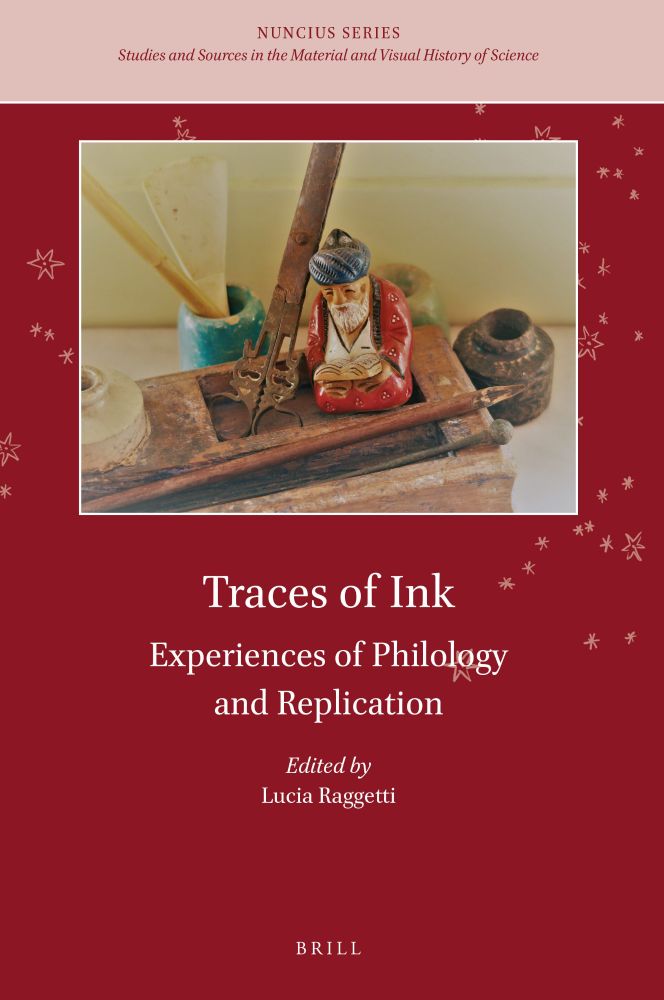Patricia Lovett MBE
@patricialovett.bsky.social
250 followers
250 following
360 posts
Professional scribe and illuminator. Written 14 books and made a DVD on the subjects. Co-Director and Chief Judge of the Stanford Calligraphy Collection.
Posts
Media
Videos
Starter Packs
Reposted by Patricia Lovett MBE
Reposted by Patricia Lovett MBE
Reposted by Patricia Lovett MBE
Reposted by Patricia Lovett MBE
Reposted by Patricia Lovett MBE
Reposted by Patricia Lovett MBE











![Nicholas Hilliard was born into the prosperous trading classes, the son of a goldsmith. By 1572 he had begun to work for Queen Elizabeth I.
This self-portrait marks Hilliard's first encounter with the Renaissance ideal of the artist as an individual of genius. Dating from Hilliard's visit to France in 1576-1578, its mood is very much that of the portraiture of the art-loving French court, where artists enjoyed a far higher status than their English counterparts. Its boldness and brilliance demand recognition of Hilliard’s genius, and express his aspirations to the status of a gentleman, not a tradesman. The reality on Hilliard's return to England was less ideal. A permanent position at court with all its attendant privileges eluded him, and he was compelled to set up as an artist in the City of London like any other craftsman.
He appears here turned in 3/4 view looking towards the right, but his eyes stare straight at the viewer (as he was obviously looking at a mirror to create this self-portrait). He has slim features, dark curly hair under a black hat with an embroidered band, and a pointed dark beard and a grand mustache. His head is held firm by a gorgeous ruff made of folded white lace, and he wears a black jacket. He has piercing eyes under dark brows, but for all this, he is very young and very beautiful. Delicate, youthful features.
It’s a round portrait in a round gilded frame, which has seen better days.
Marks and inscriptions:
* 'Ano Dmi. / 1577 ; AEtatis Suae / 30'
Inscribed on either side of the head in a gold script.
'NH' [damaged]
Signed in monogram above the left shoulder
Nicholas Hilliard, English (1547-1619), watercolor on vellum, painted in 1577 when the artist was 30 years old. Stuck on a later piece of card.
Diameter: 41mm (1.61 in.)
V&A Museum, South Kensington, London (P.155-1910)](https://cdn.bsky.app/img/feed_thumbnail/plain/did:plc:4gvknr7shvnikz4ymbtf7wye/bafkreidpz63sbigqt27feufc3yfullfbzqkuwtovkiquso762cflxoa4nm@jpeg)









